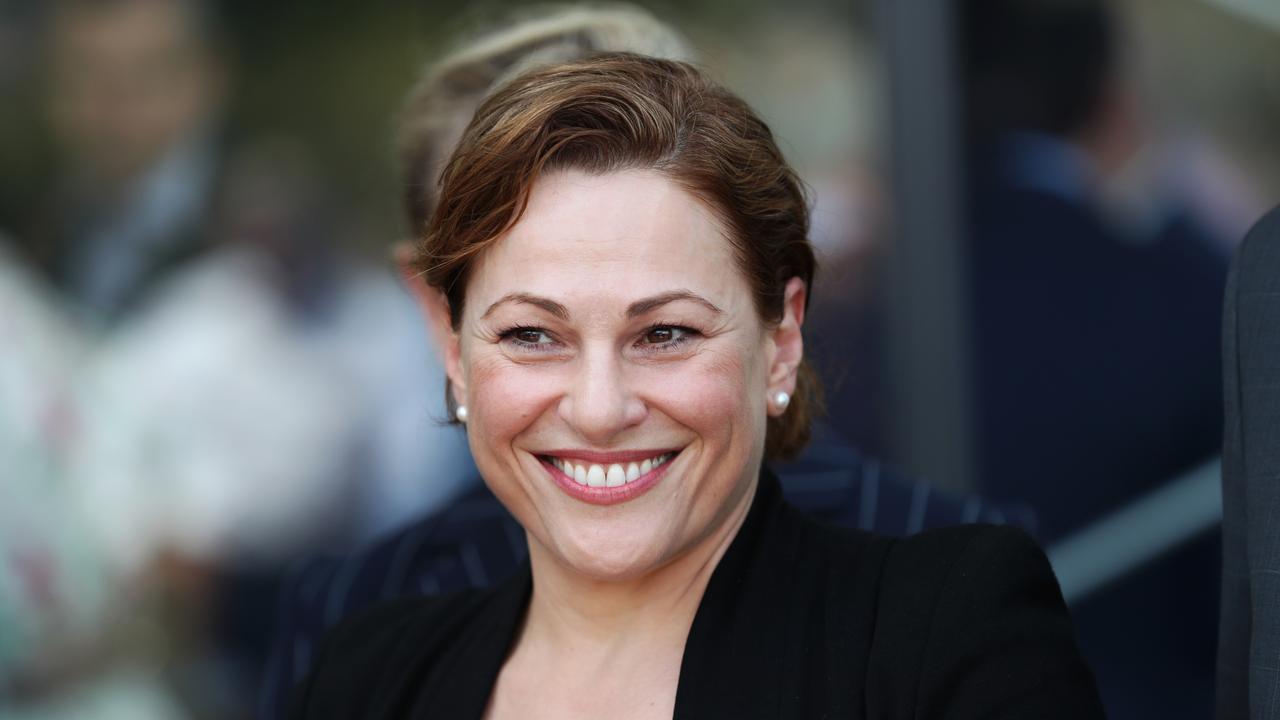Wild in the streets
Safety for students in Melbourne must become a reality, not a sound bite
Safety for students in Melbourne must become a reality, not a sound bite
FOR an image that was beamed around the world, including into countless Indian homes, you could not get much worse for the Victorian government than a newspaper cartoon depicting its police force as the Ku Klux Klan.
Underneath the hooded man was the phrase -- "We are yet to ascertain the nature of the crime"-- the catchcry of the state's politicians and police force for the past two weeks.
Since 21-year-old accounting graduate Nitin Garg was stabbed to death as he walked through a park in Melbourne's western suburbs on his way to work, the issue of violence against Indian students has again exploded here and in India.
Student associations have condemned the government's response to the issue, the Indian government issued a controversial travel advisory warning for its students enrolled in courses here and the Indian media has descended into near hysteria with its reporting of our alleged "curry-bashings".
But in the past two weeks,
state and federal governments and the police have steadfastly denied there was any evidence to suggest the attack was racially motivated and have repeated how safe Melbourne and Australia are for international students.
But it seems no one believes them. Whatever the investigation into Garg's death reveals, there is a perception that Victoria's capital is unsafe for Indian students. Are political leaders simply sticking their heads in the sand? Have they done enough?
According to Federation of Indian Students of Australia president Gautam Gupta, the government is in complete denial, which is only making the problem so much worse.
"I think they have failed on multiple fronts on this issue," he says. "And the first thing that they have to do is to acknowledge there is a problem. They have to get out of denial mode."
This volatile issue -- no doubt a political minefield -- first came to prominence in 2008 when dozens of Indian taxi drivers stripped in freezing conditions and blocked traffic to protest against the stabbing of their colleague and hospitality student Jalvinder Singh. Their calls for action went all the way to India.
As a result, Premier John Brumby headed to Delhi in September last year to try and rebuild Victoria's reputation as a safe place to study and work. And no wonder: education is Victoria's biggest export, at more than $4 billion a year and Indian students account for 19 per cent of international enrolments.
But the government cannot win. If it manages, and it is not doing very well so far, to convince people here and in India the attacks aren't racially motivated, what is the alternative? That a 21-year-old student, no matter what nationality, cannot walk to work because of the threat of random violence?
"Fundamentally, there is a core problem here and that is the rise in assaults and attacks," Opposition Leader Ted Baillieu says. "To address this, we need more police on the streets and a tougher approach to crime."
Baillieu is not alone in his call for more police resources. Gupta, along with the Victorian Tourism Industry Council, is making similar requests for more uniformed police on the streets.
As law and order shape up as a key election issue this year, what is clear is that the government needs to stop trying to convince everyone Melbourne is a safe place and start doing something to make it true.



